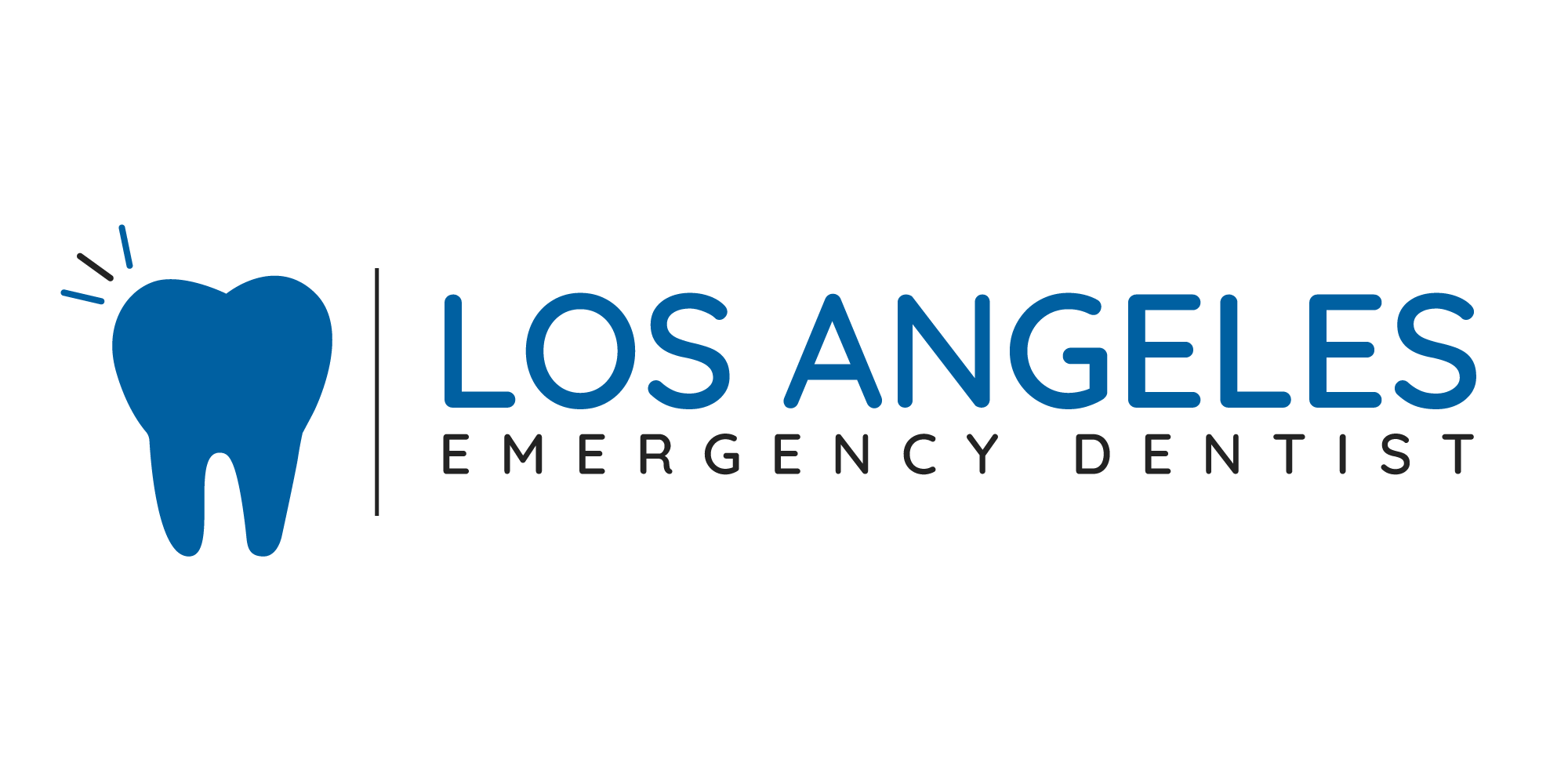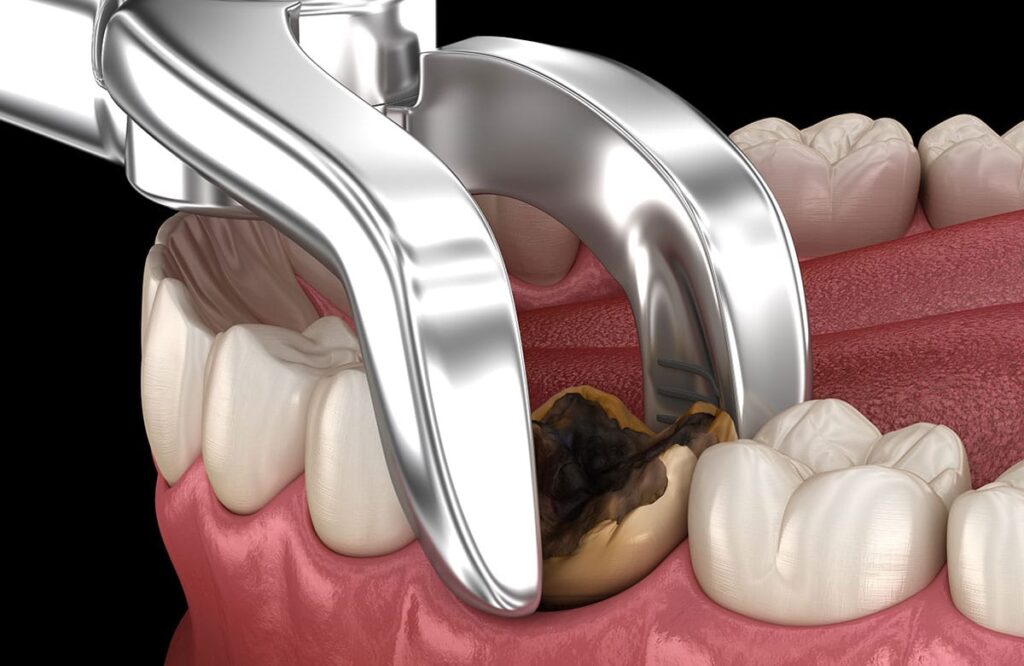Dental emergencies can be stressful and overwhelming, especially when they involve the possibility of a tooth extraction. Whether you’ve been experiencing chronic tooth pain, a sudden injury, or other dental issues, you might be wondering when it’s necessary to get a tooth extraction and whether the process will hurt. In this blog, we’ll break down when a tooth extraction might be necessary, what the procedure entails, and how to manage pain during and after the procedure.
When Do You Need a Tooth Extraction?
Tooth extraction is typically a last resort when other dental treatments or solutions are not viable. Your dentist will attempt to preserve your natural teeth as much as possible, but there are several situations where an extraction may be recommended. Here are some common scenarios:
1. Severe Tooth Decay or Infection
If tooth decay or an infection has caused significant damage to the tooth and surrounding tissue, a root canal or filling might not be enough to save the tooth. In these cases, extraction may be necessary to prevent the infection from spreading to nearby teeth or even the bloodstream. Symptoms of severe decay or infection include throbbing pain, swelling, or a noticeable abscess (pus-filled pocket).
2. Impacted Wisdom Teeth
Wisdom teeth, also known as third molars, are the last set of teeth at the back of your mouth. They typically emerge in the late teenage years or early adulthood, but often don’t have enough room to fully erupt. This can lead to them becoming impacted, which means they are trapped beneath the gumline. Impacted wisdom teeth can cause pain, infection, and damage to surrounding teeth. In these cases, extraction may be necessary to alleviate symptoms and prevent further complications.
3. Severe Gum Disease (Periodontitis)
Gum disease occurs when plaque and bacteria build up on your teeth and gums, leading to inflammation, infection, and damage to the supporting structures of your teeth. If left untreated, gum disease can progress to periodontitis, a more severe form of gum disease that can cause the teeth to loosen or fall out. In such cases, extraction of the affected tooth may be the best option to prevent further tooth loss and damage to your gum tissue and jawbone.
4. Dental Trauma or Injury
A traumatic injury to the mouth or face, such as a car accident, sports injury, or fall, can sometimes result in a tooth becoming cracked, broken, or dislodged. If the tooth is severely damaged or cannot be repaired, extraction may be necessary to prevent infection or complications. Even if a tooth appears to be salvageable, if the trauma is severe enough, your dentist may recommend extraction.
5. Overcrowding or Orthodontic Treatment
In some cases, tooth extraction is part of orthodontic treatment to make room for proper alignment. When your mouth is overcrowded, your dentist or orthodontist may remove one or more teeth to make space for the others to move into the correct position. This is commonly seen in individuals who need braces or clear aligners to straighten their teeth.
6. Tooth Damage Beyond Repair
Teeth can be damaged due to various reasons such as severe wear, cracks, or fractures. Sometimes the damage extends below the gumline or to the root, making it impossible to restore the tooth with fillings, crowns, or other dental procedures. In such cases, extraction may be the most effective solution to prevent pain or infection.
Does a Tooth Extraction Hurt?
One of the most common questions patients ask before a tooth extraction is whether the procedure will hurt. Fortunately, modern dental technology and techniques have made the process much more comfortable and manageable than it used to be. Here’s what you can expect in terms of pain during and after the procedure:
Before the Extraction:
Your dentist will begin by administering a local anesthetic to numb the area around the tooth. This ensures that you won’t feel any pain during the procedure. For patients who are particularly anxious or those requiring a more complex extraction (such as impacted wisdom teeth), your dentist may offer sedation options, such as laughing gas (nitrous oxide) or even general anesthesia.
Once the area is numb, your dentist will begin the extraction process. For most patients, there is little to no pain during the procedure. You may feel some pressure or vibrations as the tooth is loosened and removed, but this should not be painful.
During the Extraction:
While you won’t feel pain due to the anesthesia, you may feel some pressure as the dentist works to remove the tooth. This sensation is completely normal and is caused by the force needed to dislodge the tooth from its socket. For more complicated extractions, such as impacted wisdom teeth, the dentist may need to make an incision in the gum or break the tooth into smaller pieces to remove it. While these steps can make the procedure more complex, they should still not cause pain thanks to the anesthesia.
After the Extraction:
Once the tooth is removed, you may experience some discomfort as the anesthetic wears off. The pain is usually mild to moderate and can be managed with over-the-counter pain medications such as ibuprofen or acetaminophen. In more complex extractions, your dentist may prescribe stronger pain relievers for the first few days following the procedure.
You may also experience swelling and bruising in the area, which is common after tooth extractions. Applying an ice pack to the outside of your cheek for the first 24 hours can help reduce swelling and alleviate discomfort. It’s important to follow your dentist’s aftercare instructions to promote healing and reduce the risk of complications.
How to Care for Your Mouth After a Tooth Extraction
Proper aftercare is essential for a smooth recovery and to minimize pain after the procedure. Here are some tips to help you recover:
- Follow Your Dentist’s Instructions: Your dentist will provide detailed aftercare instructions, including advice on pain management, diet, and oral hygiene. Be sure to follow these instructions closely for the best recovery results.
- Avoid Smoking and Drinking Through a Straw: Smoking and using straws can create suction in the mouth, which may dislodge the blood clot that forms in the extraction site. This can lead to a painful condition called dry socket.
- Eat Soft Foods: For the first few days after the extraction, stick to soft foods like mashed potatoes, yogurt, and soups. Avoid hard, crunchy, or chewy foods that could irritate the extraction site.
- Rest and Take It Easy: Give your body time to heal by avoiding strenuous physical activity for a few days following the procedure.
- Keep the Area Clean: Gently rinse your mouth with warm salt water after 24 hours to keep the extraction site clean and promote healing. Avoid brushing the extraction site directly for the first few days.
Final Thoughts
Tooth extraction may sound intimidating, but it’s a routine procedure that is typically performed with minimal discomfort. Whether due to decay, infection, trauma, or orthodontic needs, your dentist will help determine if an extraction is necessary for your oral health. With modern techniques and pain management options, the procedure is usually quick, safe, and relatively painless. Following your dentist’s aftercare advice will help ensure a smooth recovery and prevent complications.
If you’re experiencing severe tooth pain or think you may need a tooth extraction, don’t hesitate to contact an emergency dentist in your area. Taking care of your dental health sooner rather than later can help prevent further issues and get you back to feeling your best.


